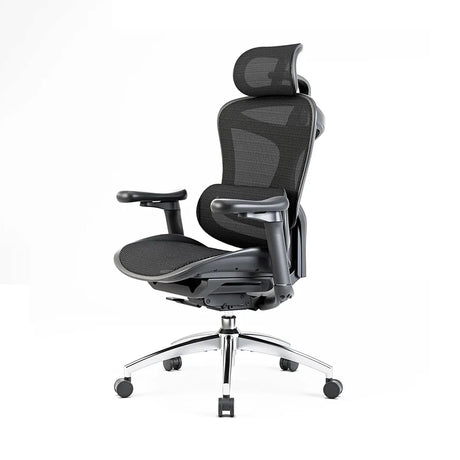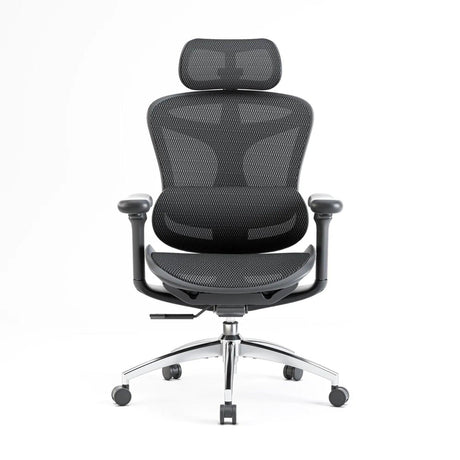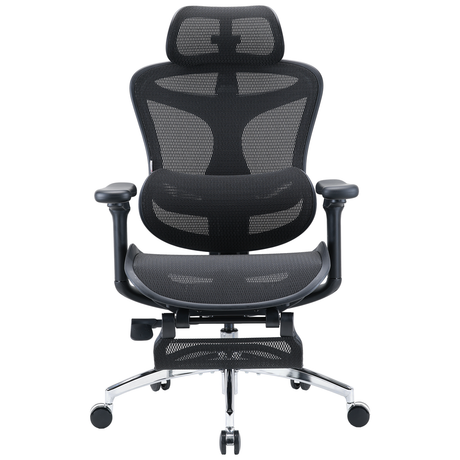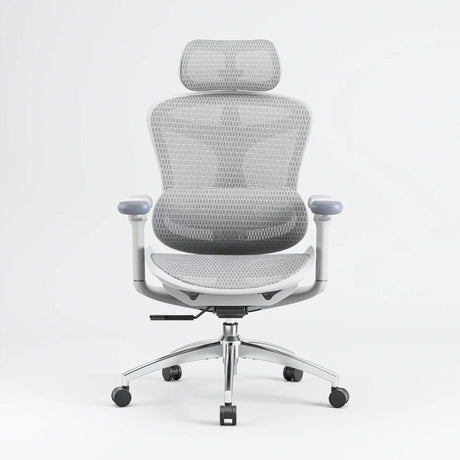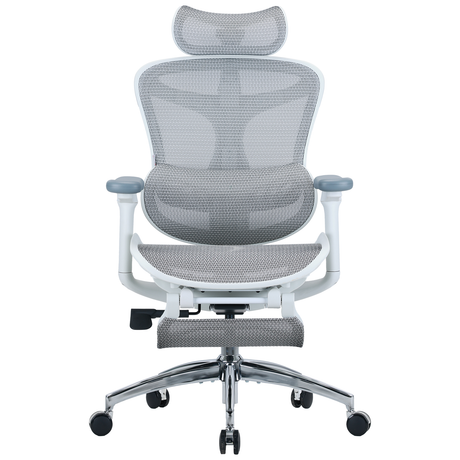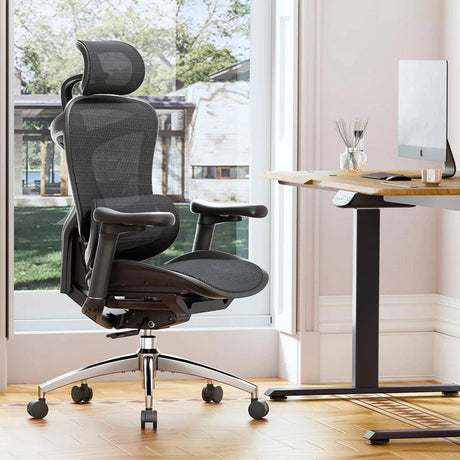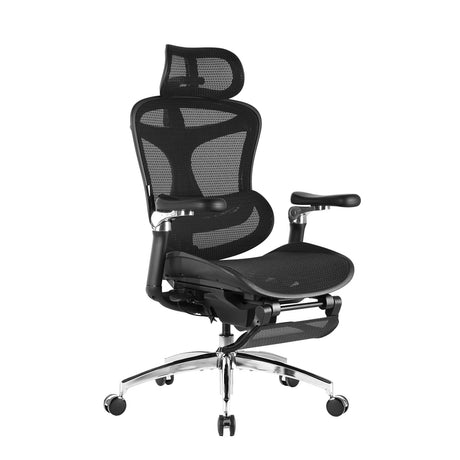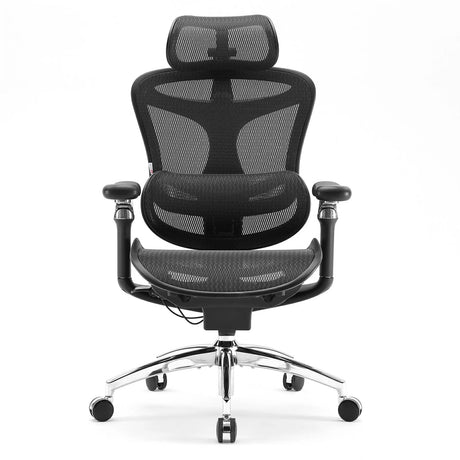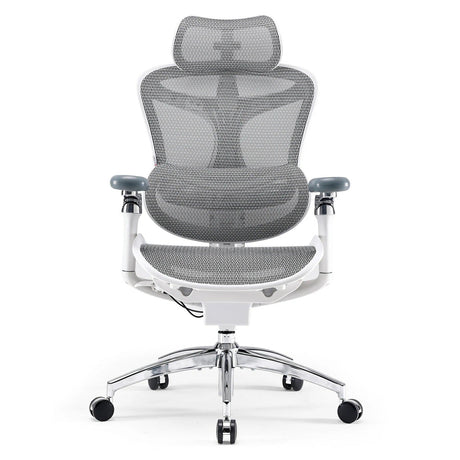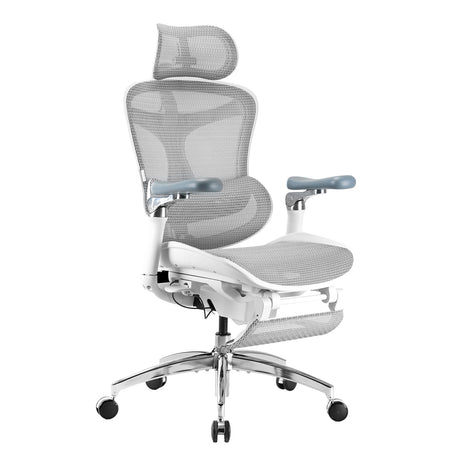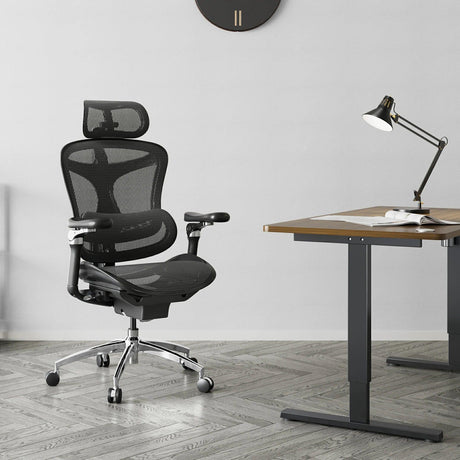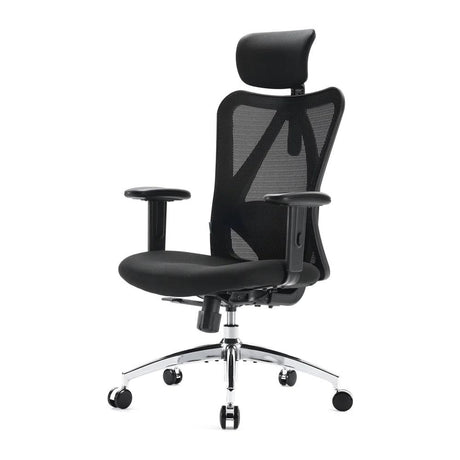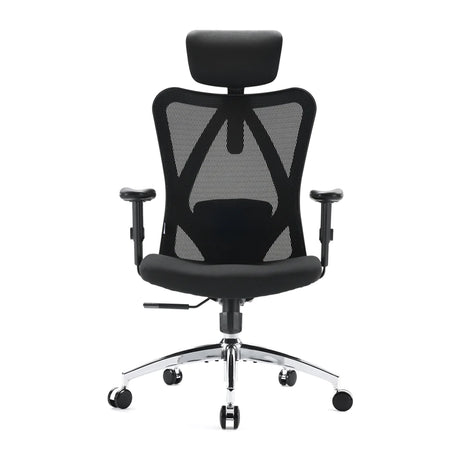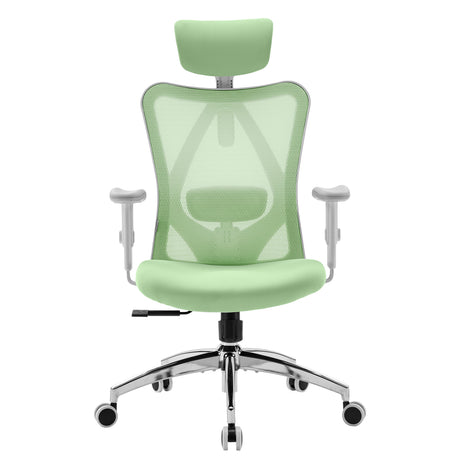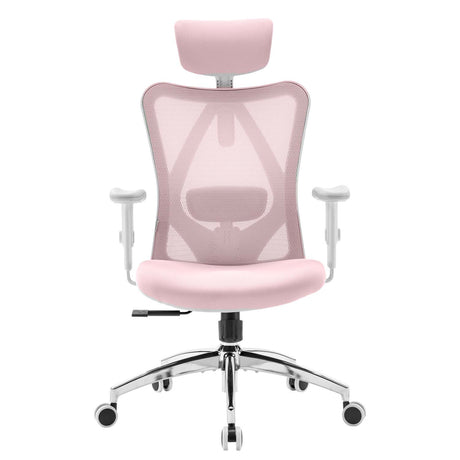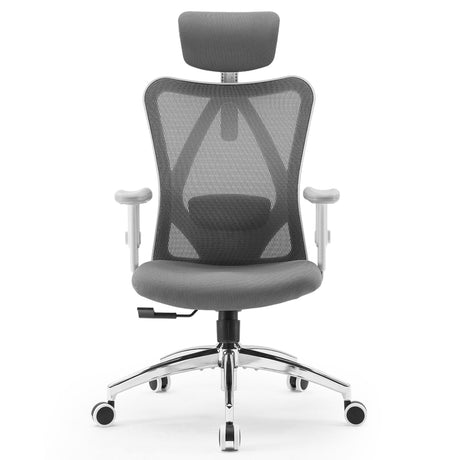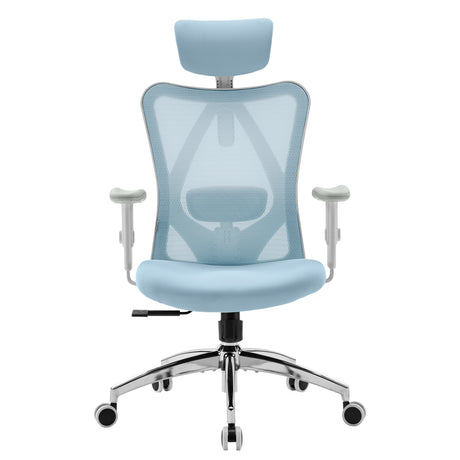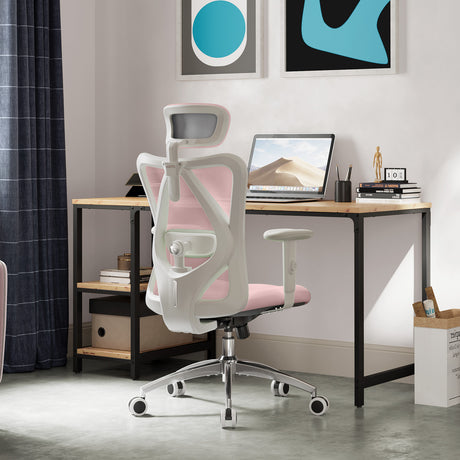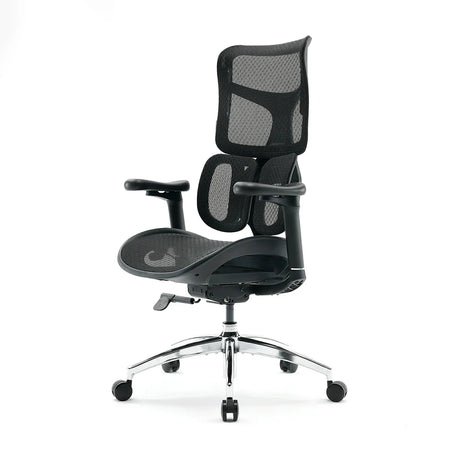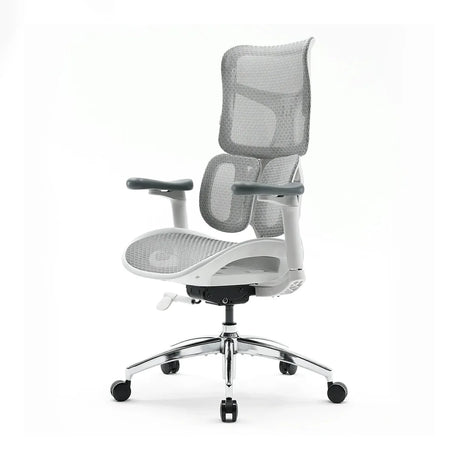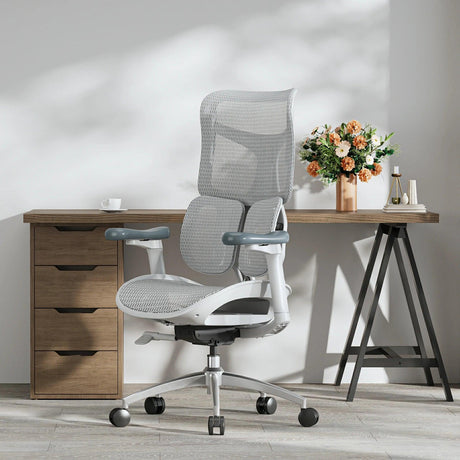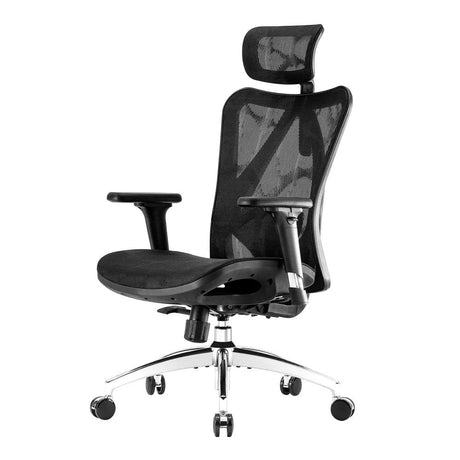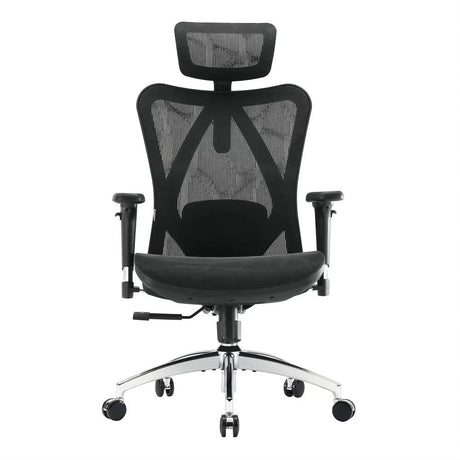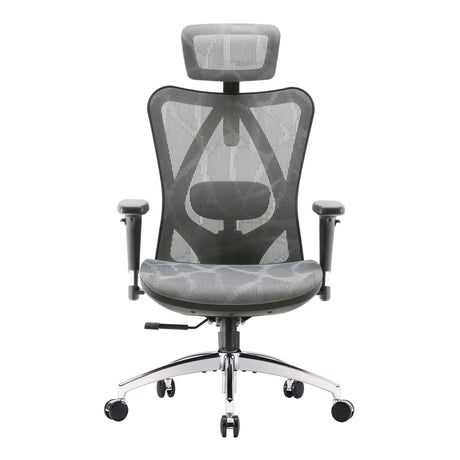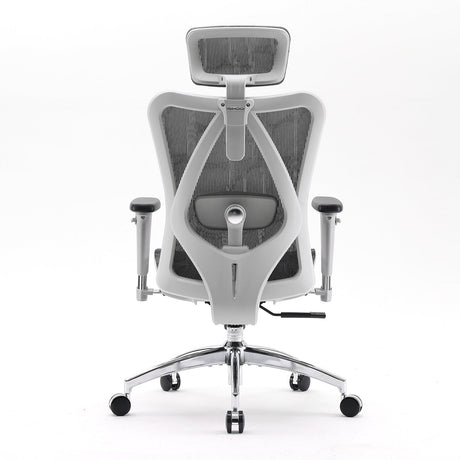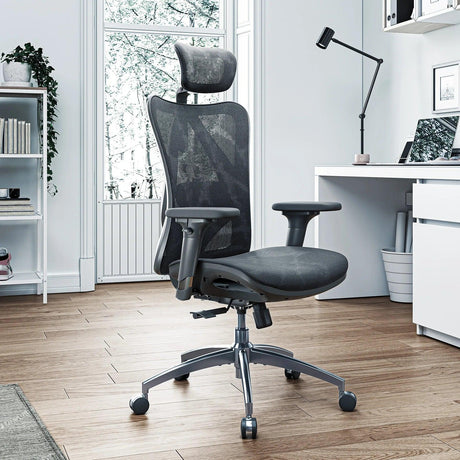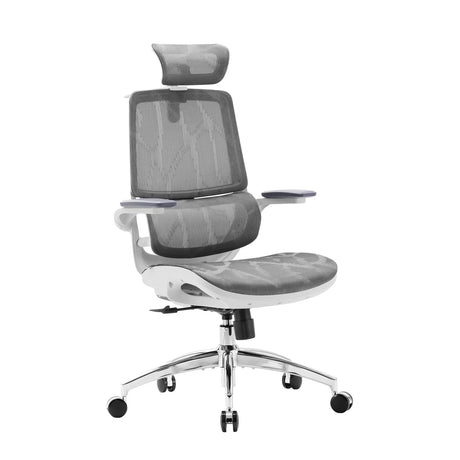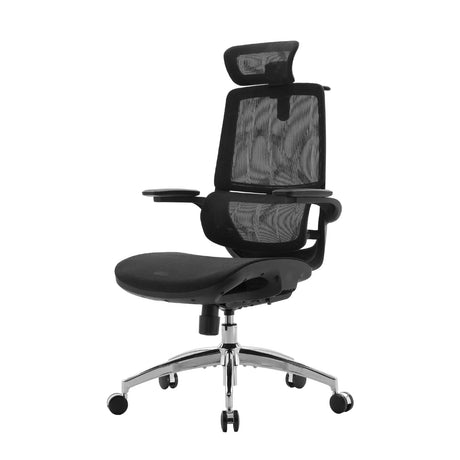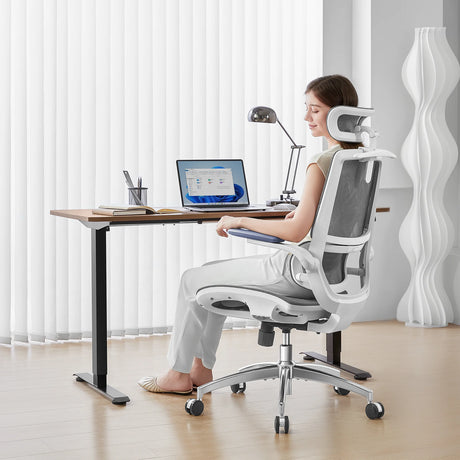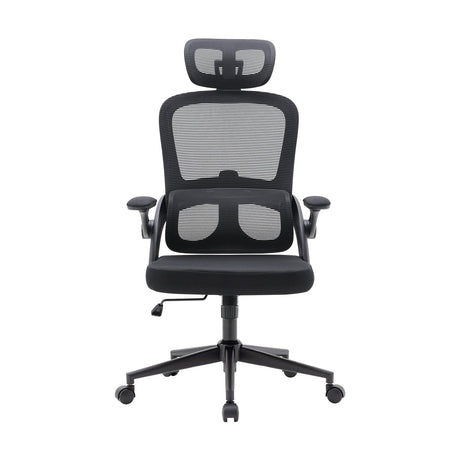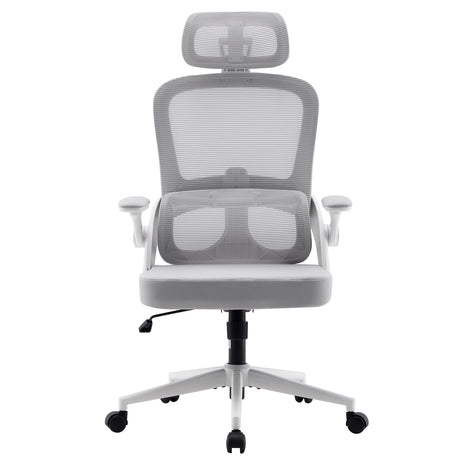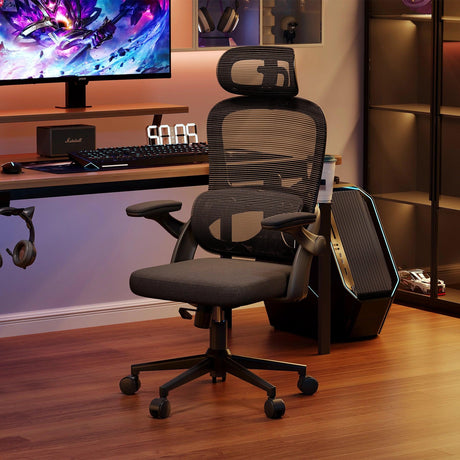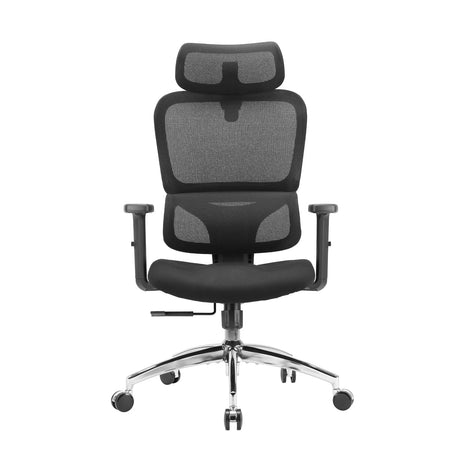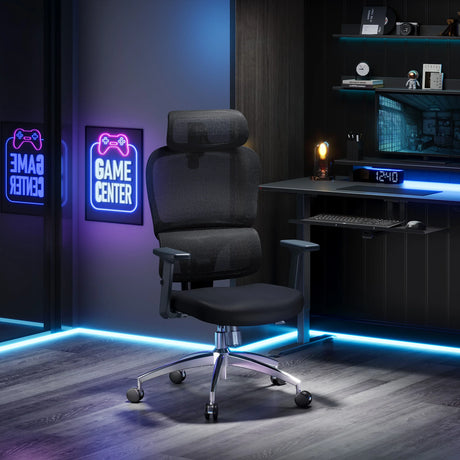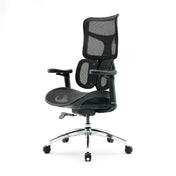If you've ever found yourself repeatedly adjusting your office chair, trying to keep it from sinking lower and lower, you're not alone. An office chair that won't stay up can be frustrating, not only affecting your productivity but also causing discomfort as you constantly adjust your seating position. The good news? You can fix this issue yourself, and it's easier than you might think. Here’s a step-by-step guide to help you repair an office chair that won’t stay up.
Why Does an Office Chair Sink?
Before diving into the solution, it’s important to understand why an office chair may lose its height. The most common culprit is the gas lift cylinder, which controls the height of the chair. This component is filled with gas that allows you to adjust the seat's height, but over time, the cylinder can wear out, causing it to lose its ability to hold the chair in place.
Another possible cause could be a damaged or worn-out chair base or a loose screw in the mechanism that controls the height adjustment. But most often, it’s the gas lift cylinder that’s to blame.
Tools You’ll Need
To fix an office chair that won’t stay up, you’ll need a few basic tools:
- Adjustable wrench or socket set
- Rubber mallet (optional)
- Replacement gas lift cylinder (if necessary)
- A towel or cloth (to protect the chair during repairs)
Step 1: Identify the Problem
The first step is to figure out exactly where the problem is coming from. Is it the gas lift cylinder, or could it be a loose or broken part? Here’s how you can check:
- Test the Gas Lift: Sit in the chair and adjust the height. If the chair stays at a higher setting momentarily and then sinks, the gas lift cylinder is most likely the issue.
- Examine the Mechanism: Inspect the mechanism that controls the seat’s height. Look for any loose screws or visible damage to the base or adjustment lever. Tightening any loose parts might temporarily resolve the issue.
If the gas lift is the problem, you’ll need to replace it.
Step 2: Remove the Old Gas Lift Cylinder
If the gas lift cylinder is the culprit, replacing it is your best option. Here’s how to remove the old cylinder:
-
Empty the Chair: Remove any cushions or padding from the chair seat to make it easier to work with.
-
Flip the Chair Upside Down: Lay the chair on its back, exposing the mechanism under the seat.
-
Remove the Base: If the chair has a base with wheels, use a wrench or socket to loosen the bolts holding it in place. Once the base is removed, the gas lift cylinder should be clearly visible.
-
Take Out the Cylinder: The gas lift is usually connected to a metal sleeve, which fits into a hole in the chair base. You may be able to pull it out by hand, but sometimes it’s stuck. In that case, tap the cylinder lightly with a rubber mallet to loosen it. Be sure to cover the office chair with a towel to avoid damage.
Step 3: Install the New Gas Lift Cylinder
Now that the old gas lift cylinder is removed, it’s time to install the new one:
-
Insert the New Gas Lift: Insert the new cylinder into the sleeve where the old one was. Make sure it’s seated properly and securely.
-
Reattach the Base: Once the new cylinder is in place, reattach the base to the chair, ensuring everything is tightly secured.
-
Test the New Cylinder: Sit in the chair and test the height adjustment. The chair should now stay at the desired height without sinking.
Step 4: Tighten Any Loose Screws
If replacing the gas lift wasn’t necessary, or if the problem persists, make sure all screws and bolts are properly tightened. Loose screws can affect the chair’s height adjustment mechanism, causing the chair to sink. Check the following:
- Height Adjustment Lever: Make sure the lever that controls the height is securely attached.
- Base Screws: Inspect the base and make sure all bolts are tightened. Loose bolts can cause the entire chair to shift when adjusting the height.
Step 5: Prevent Future Problems
To avoid the same issue down the road, take care of your office chair:
- Use the Chair Properly: Avoid slamming the height adjustment lever or putting unnecessary weight on the chair.
- Maintain the Gas Lift: Gas lift cylinders wear out over time, but regular maintenance (such as cleaning the chair’s moving parts) can help prolong its life.
- Check for Loose Parts: Periodically check your chair for any loose screws or parts and tighten them before they cause bigger issues.
When to Call a Professional
If you’ve replaced the gas lift and tightened all the screws but the chair still won’t stay up, it may be time to call in a professional. Some issues might be related to internal parts that require more advanced repairs or even the replacement of the entire base. In such cases, reaching out to a chair repair service or the manufacturer may be your best bet.
Conclusion
Fixing an office chair that won’t stay up is a simple repair that you can do on your own, especially if the problem is with the gas lift cylinder. By following these steps, you can save time and money and restore your chair to its full functionality. Whether you just need to replace the gas lift or tighten some screws, keeping your office chair in good shape can improve comfort and productivity.
If you need to replace your gas lift or get a new chair, investing in a quality ergonomic chair—like the Sihoo Doro Series—can prevent future issues and provide long-term comfort. No more sinking chairs!

